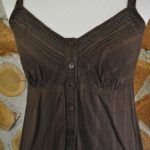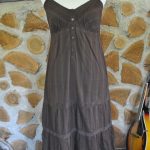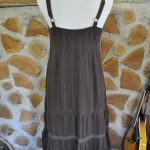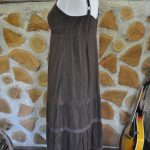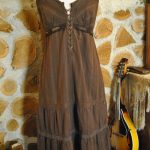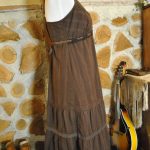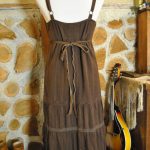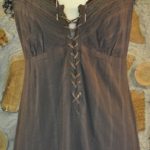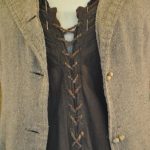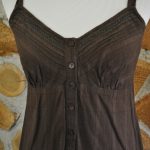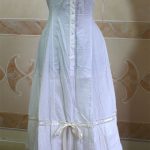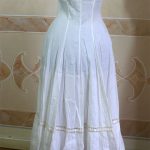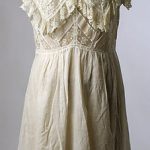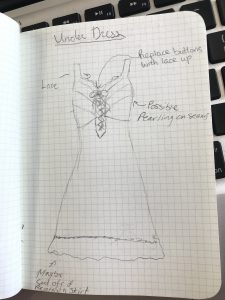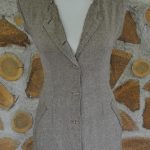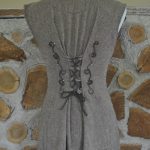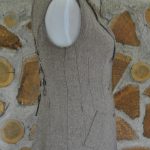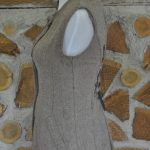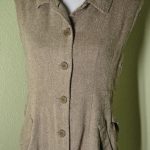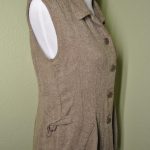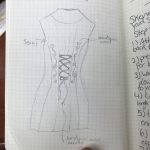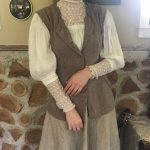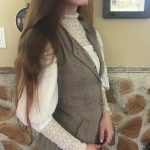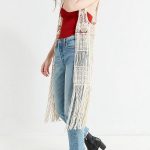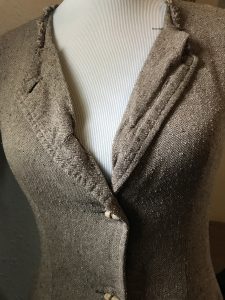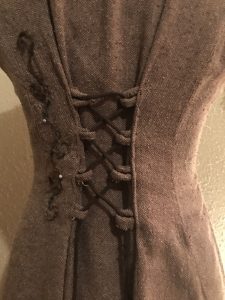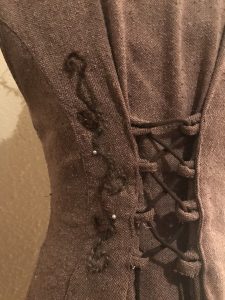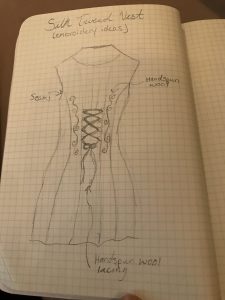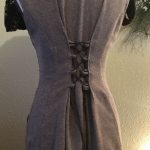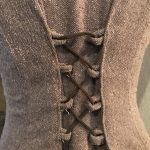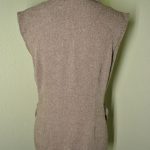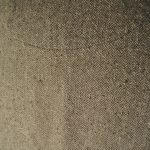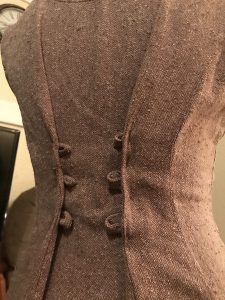As the quarter is winding down and I finish up my upcycling projects, I really feel like getting my hands dirty and doing some design work myself was an incredibly useful part of studying sustainability. I came into the quarter trying hard to create something that was drastically different while still cheap and hand-sewn. But, I found that to be a bit of a ridiculous request to make of myself and of the industry. I realized about halfway through that I had been approaching the idea of accessibility from the wrong angle. Yes, it’s true that currently the most radically sustainable garments on the market aren’t affordable to the average person, but there is still a lot of room for well-crafted, sustainable products that aren’t the price of a laptop computer but can still provide a living wage for the artist – and I believe upcycling is the key to it.
I struggled with feeling like I was spending so much time on small changes to garments that I really wanted to justify charging less than $100 for. But, what I failed to realize during that time was that small changes that increase a garments durability and individuality create something that a customer can wear for years and years. It’s true that most of the world cannot afford to pay $900 for a jacket just because it is made out of recycled materials however, it is also true that most of the world still pays hundreds of dollars a year in order to keep up with all 19 seasons of fashion while only wearing their new pieces a few times before they fall apart.
I believe that with only the slightest tweak in mindset, it is entirely accessible for the average citizen to have a few pieces that are one of a kind and durable but maybe 3 or 4 times the price in order to make it last for all 19 seasons, and ideally many more. The idea is to create pieces that are versatile, base pieces to be worn in both summer and winter (LINEN LINEN LINEN) and intricate outerwear that one will look forward to using to dress outfits up and to use as insolation during colder months.
After having the opportunity to work with these ideas hands on, even at a very small scale, I am realizing how possible it is to have a tailor/consumer relationship in the fashion world again. After reading that time and time again it has been proven that astronomically low prices cause overconsumption, I am much less convicted that the price really affects accessibility in as drastic a way as I originally believed. I think that changing the mindset of the fashion industry is not going to be an easy task, but with the rise of thrifting, small artists using natural dyes and materials, and small cottage industries popping up all over the country and gaining more and more attention, I believe that the process has already begun.
